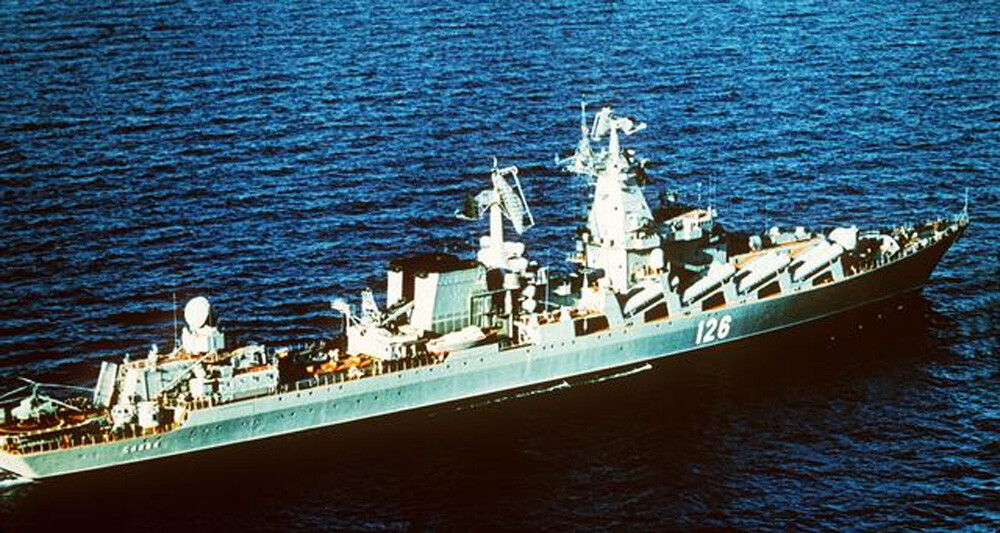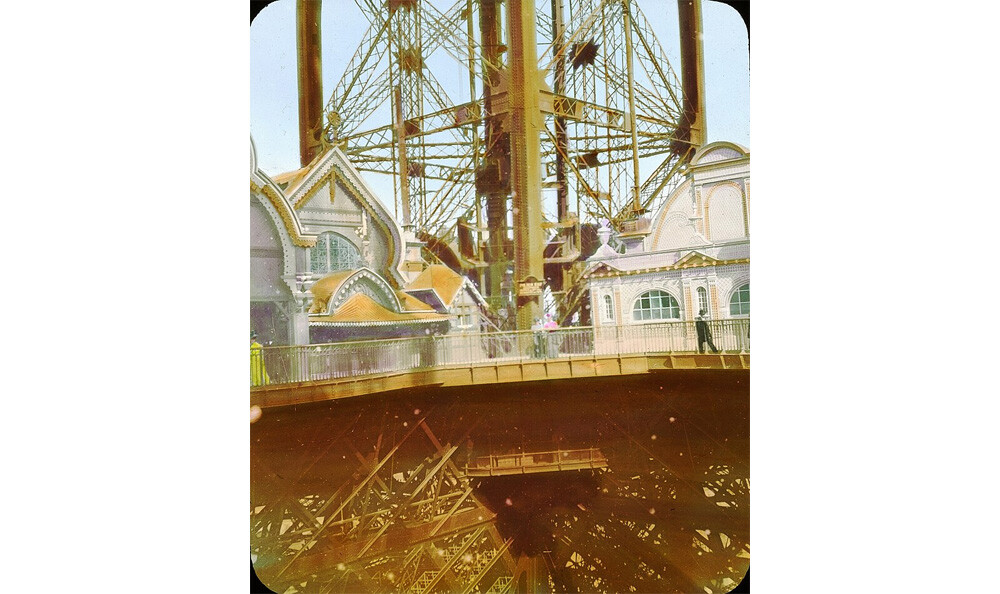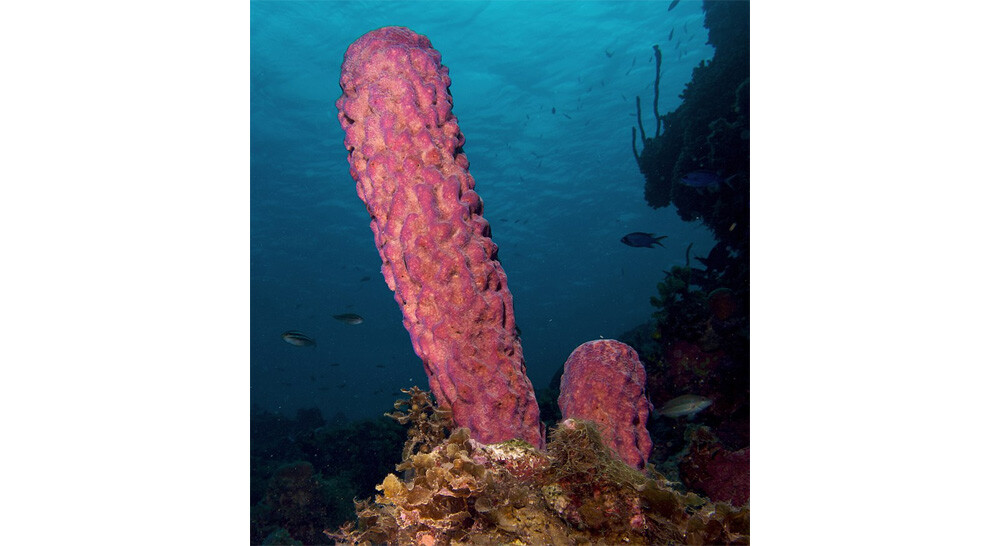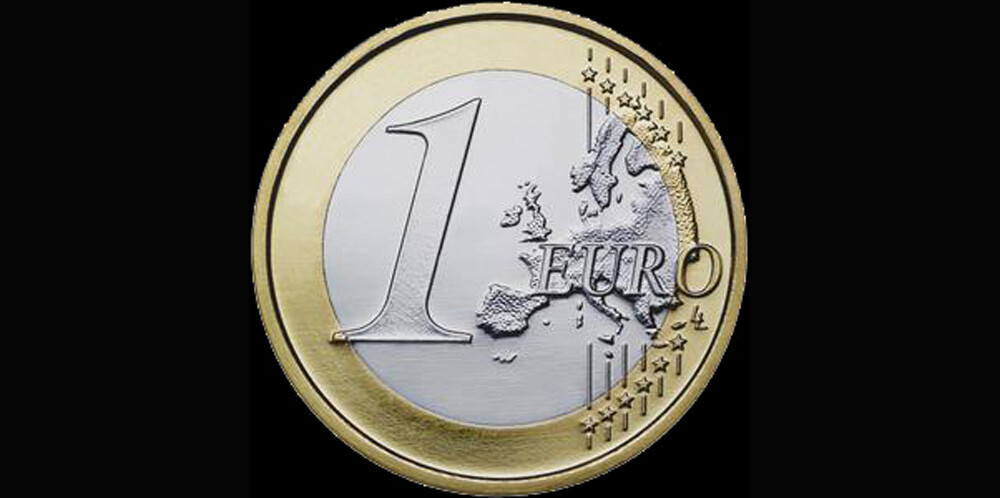4 Treasures Put Back Together After They Were Smashed to Smithereens

Humpty Dumpty fell off a wall. The king and his men couldn’t fix him again. This is a riddle; the reason it was so hard to repair Humpty was because he was an egg.
Wow, that’s a dumb riddle. There are really a lot of things that can’t easily be put back together. You can’t put back together buildings that collapse, or stuff that was deliberately destroyed, or things that were specifically designed to be destroyed. And if Humpty Dumpty were a normal living being rather than an object, putting him back together is even harder. Additional manpower (or horsepower) delivered by the king doesn’t help. When we do manage to put stuff like this back together, that’s the story worthy of a riddle. We’re talking about the dramatic reassembly of such items as...
A Soviet Missile
In 1971, America was looking to tap an undersea cable the Soviets used for secret communications. This came with all sorts of challenges, including simply finding the cable, since the Americans started out with no proof it existed. Then once they’d cleared most hurdles, they needed a cover story to explain what they were doing sniffing around off the coast of Vladivostok.
Don't Miss
They came up with the following explanation: This was a search and recovery operation, gathering bits of an exploded Soviet missile, the SS-N-12 Sandbox. The story sounded credible; surely the U.S. would want to recover such a missile. However, the chance of America succeeding at finding and doing anything with this debris was so low that the Soviets wouldn’t bother interrupting them.

The U.S. military succeeded at tapping that cable. But also, while sending a bunch of frogmen down into the water ostensibly to recover all that missile debris, they actually did end up recovering all that missile debris. The missile had blown apart into two million pieces, but the Navy managed to put them back together and reverse engineer the missile to learn about Soviet military capabilities. It was the craziest case ever of a Navy cover story coming true — until the following decade, when they pretended to be searching for the Titanic and then did find the Titanic.
The Eiffel Tower Restaurant
The Eiffel Tower used to have four restaurants, 500 feet up. In 1937, France removed those and replaced them with two other ones. In the 1980s, they realized even two was too many. The Tower was not meant to hold up that kind of weight, and all those cheeses could bring the whole structure down. The Tower also hadn’t been meant to last a century; they’d planned to demolish it after the first 20 years, so if people wanted to keep it around now, they needed to take care of it.

A Frenchmen named Georges Lancelin told the city that he’d dismantle the restaurant for them. The project involved breaking the restaurant into 11,000 pieces. All Lancelin asked in return was to keep the pieces, which he planned to reassemble and operate as a restaurant again on the ground. Paris let him, but they told him he couldn’t name his restaurant after the Eiffel Tower. That kind of ruined his plan. He didn't just want to open a restaurant — he wanted to open that restaurant.
When France fails, America comes to the rescue. Lancelin packed up the pieces into a crate and sold it to someone in New York who sold it to someone in New Orleans named McDonald Stephens. Yes, we got that name right, and you might understand why anyone with that name would have an interest in how things are constructed. By 1986, he’d put the pieces back together, and the Restaurant de la Tour Eiffel opened for business. Paris was not able to stop anyone from using that name outside of France.
The restaurant did not end up as much of a landmark. Turns out New Orleans already had plenty of culture, and plenty of French culture, even without a restaurant that had physically looked over Paris. At the start of this year, the building’s new owners were hoping to convert it to a location devoted to NFTs. We’re sure that plan is progressing just fine.
Every Single Sponge
Living animals are hard to put together from parts, which is why so much controversy surrounded the work of Victor Frankenstein (compared to the work of his brother Dan Frankenstein, who repairs motorbikes). Some animals, however, don’t play by the rules.

While the sponge is officially an animal, it doesn’t have nerves and blood vessels the way many animals do. Even plants have vascular systems and organs, but not sponges. Still, the sponge is an animal. It has animal cells, and it produces sperm (sometimes), which is a pretty animalistic thing to do.
When you cut most animals in two, that’s the end of them. When you cut them into many more pieces than that, that’s even more certain oblivion. With a sponge? You can squish it through a mesh, or through a cloth, so the entire organism is split into uncountable separate streams of tissue. After that? The cells will join up again. They won't just stick together but will reform into the same configuration as they were in earlier. Fear the sponges. They will outlast us all.
29 Tons of Coins
When paper currency wears out, the mint destroys it and prints replacements. Same deal with coins. Though coins take much longer to wear out (a good reason to switch to dollar coins), the time finally comes to make new ones, and the mint destroys the old stuff. The metal then gets melted down and reused — with a few coins, the metal is worth more than the coin’s face value.
In Germany, they use euro coins, each of which consists of two metals, “nickel brass” and “copper-nickel.” When the mint destroys a coin, they break each coin apart into two pieces, each piece made of one metal.

You’re already imagining where this can go wrong. What if someone puts the two halves back together? The answer is, usually, no one will. They don’t let just anyone have the halves — they sell the stuff directly to scrap metal dealers. If you do weld or solder the outer and inner rings back together, the damage will look obvious, and most vendors will reject the odd coin. Even banks will not accept it. Yes, maybe banks in your country are obligated to honor damaged currency, but German banks will not accept derpy euro coins.
There is one bank that will accept a damaged German coin, though: the central bank, German Bundesbank. So, starting in 2007, Chinese scrap metal dealers bought 29 tons of dismantled German euros, stuck each one back together, then deposited them at German Bundesbank. The scheme netted them a profit of $8.5 million before they finally got caught.
The biggest challenge was getting the coins back into Germany and into the bank, over the course of many trips. They were transporting so many coins that the problem was airline weight restrictions, so they used Lufthansa employees, who aren’t subject to those limits. Then, they needed a network of henchmen to deposit the coins at the bank, as the place only accepted €1,000 at a time. Sometimes, the secret to a successful operation really is having all the king’s men.
Follow Ryan Menezes on Twitter for more stuff no one should see.